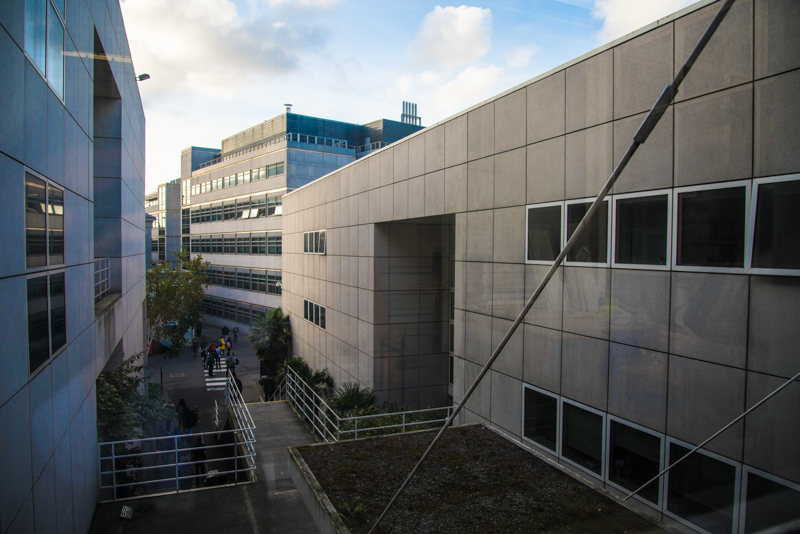Based on imaging techniques more commonly associated with engineering projects, an international group, including researchers from Trinity, have developed a new technique for identifying breast cancer cells.
The multidisciplinary group have made a discovery that has the potential to automate the screening of histopathology images – which allow microscopic examination of tissue in order to study the manifestations of disease – as well as improving the detection rate of breast cancer.
The current system in place for evaluating a breast cancer diagnosis is based on a pathologist visually examining a tissue sample under a microscope. However, this method sometimes produces inconsistencies, as different pathologists may assign different grades even under the same circumstances.
The recent development of digital pathology methods has led to the possibility of developing an automatic digital imaging process. However, these methods have in the past been relatively unsuccessful when used in the examination of heavily clustered breast cancer cells.
It is hoped that this new method may have overcome these previous issues. In a press release, co-author of the paper, Prof Joy John Mammen of the Christian Medical College of Vellore, India, said: “Detection of cancerous nuclei in high-grade breast cancer images is quite challenging and this work may be considered as a first step towards automating the prognosis.”
In a press release, Dr Bidisha Ghosh, Assistant Professor in Civil Engineering at Trinity and another co-author of the paper, said that this study is “an excellent example of how multidisciplinary research collaborations can address important societal issues”, as “this unique research group could draw on a broad and deep knowledge base”.
The technique was initially developed for detecting damaged surface areas on underwater marine structures, such as such as bridge piers, offshore wind turbine platforms and pipelines, and was developed with mathematicians from Madras Christian College, India. In a press release, Dr Maqlin Paramanandam, the lead author of the study who works in Madras Christian College, said that the potential for the technology is “very exciting”.
Dr Michael O’Byrne of University College Cork (UCC) also worked on the project. In a press release, Byrne praised the cross-discipline nature of the research: “It was nice to discover some cross-over applications and find areas where we could lend our expertise.”







